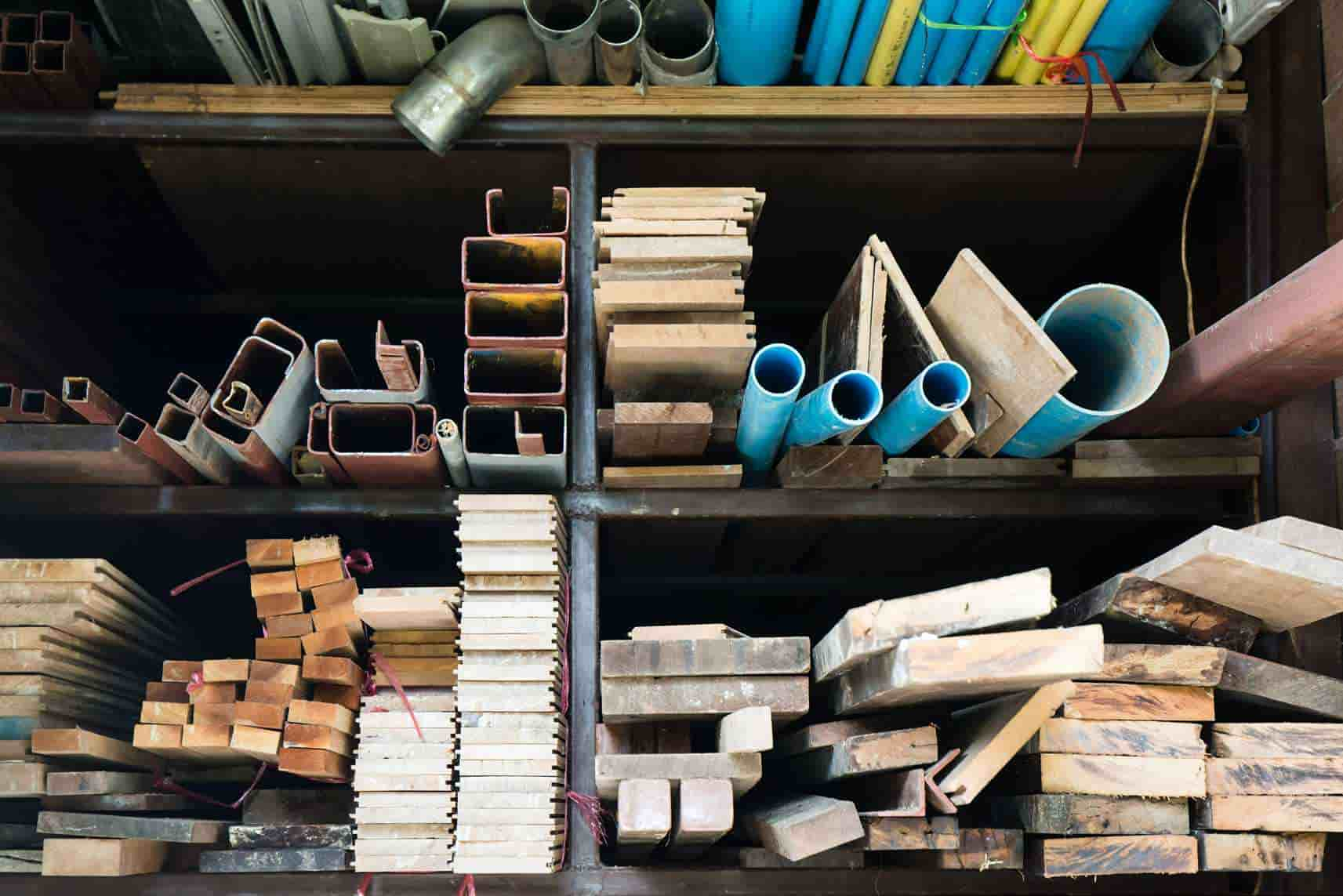Selecting the ideal construction materials is paramount when it comes to building structures that are both enduring and visually appealing. Whether you are planning a home renovation, constructing a new building, or designing custom furniture, understanding the right materials to use is crucial. This article explores the factors to consider when choosing construction materials, ensuring a harmonious blend of durability and aesthetics in your projects.
I. Assessing Durability
A. Weather Resistance
Consider the local climate when choosing construction materials. For areas with high humidity or frequent rainfall, materials like stainless steel, treated wood, and concrete are excellent choices due to their resistance against moisture-related damage.
B. Structural Integrity
Prioritize materials that offer robust structural integrity. Steel, reinforced concrete, and engineered wood products provide exceptional strength, making them suitable for load-bearing elements in buildings. Ensuring structural stability is essential for the safety and longevity of the construction.
II. Exploring Aesthetic Possibilities
A. Natural Finishes
Natural finishes, such as exposed brickwork and stone surfaces, enhance aesthetic appeal by adding texture and character. These materials bring a timeless, rustic charm to both interior and exterior spaces, creating a warm and inviting atmosphere.
B. Innovative Cladding
Incorporate innovative cladding materials to elevate the visual appeal of your structure. Materials like glass, metal panels, and composite materials offer contemporary aesthetics. They allow for creative designs, reflecting light and adding a modern touch to the architectural style.
III. Balancing Sustainability
A. Recycled and Eco-Friendly Options
Embrace sustainable construction materials to minimize environmental impact. Recycled steel, reclaimed wood, and eco-friendly insulation materials contribute to green building practices. These materials not only reduce the demand for new resources but also promote eco-conscious living.
B. Low VOC Finishes
Opt for low VOC (volatile organic compounds) finishes and paints. These finishes emit fewer harmful chemicals, ensuring better indoor air quality. Choosing eco-friendly finishes enhances both the aesthetics and environmental sustainability of your space.
IV. Budget Considerations
A. Cost-Effective Alternatives
Explore cost-effective alternatives that offer durability and aesthetics without breaking the budget. Engineered wood products, ceramic tiles, and precast concrete elements are budget-friendly options that deliver both visual appeal and longevity.
V. Collaborating with Architects and Designers
A. Expert Input
Consulting architects and designers with expertise in materials and aesthetics is invaluable. Professionals can guide you in selecting materials that align with your vision while ensuring structural integrity and compliance with building codes.
VI. Conclusion
Choosing the right construction materials involves a delicate balance between durability and aesthetics. By assessing durability factors such as weather resistance and structural integrity, exploring aesthetic possibilities through natural finishes and innovative cladding, balancing sustainability with recycled and eco-friendly options, considering budget-friendly alternatives, and collaborating with experienced professionals, you can create structures that stand the test of time and captivate with their visual allure. The synergy between durability and aesthetics results in constructions that not only endure the years but also delight the senses.
FAQs about Construction Materials for Durability and Aesthetics
- Q: Can natural finishes be used in modern architectural designs? A: Yes, natural finishes like exposed brickwork and stone surfaces can complement modern designs, adding texture and depth to minimalist aesthetics.
- Q: Are there eco-friendly alternatives for traditional concrete in construction? A: Yes, eco-friendly alternatives like hempcrete and ferrocement reduce the carbon footprint associated with traditional concrete while offering comparable strength and durability.
- Q: How can I ensure the chosen materials comply with local building codes and regulations? A: Consult with local architects or building authorities. Experienced professionals can guide you in selecting materials that meet local regulations and ensure compliance with building codes.
- Q: Can innovative cladding materials be used for both residential and commercial buildings? A: Absolutely, innovative cladding materials like metal panels and glass are versatile and can enhance the aesthetics of both residential homes and commercial buildings.
- Q: What is the maintenance routine for buildings constructed with natural finishes? A: Maintenance varies based on materials. Regular cleaning and sealing might be necessary for natural finishes. Consulting with professionals can provide specific maintenance guidelines.


YOUR COMMENT